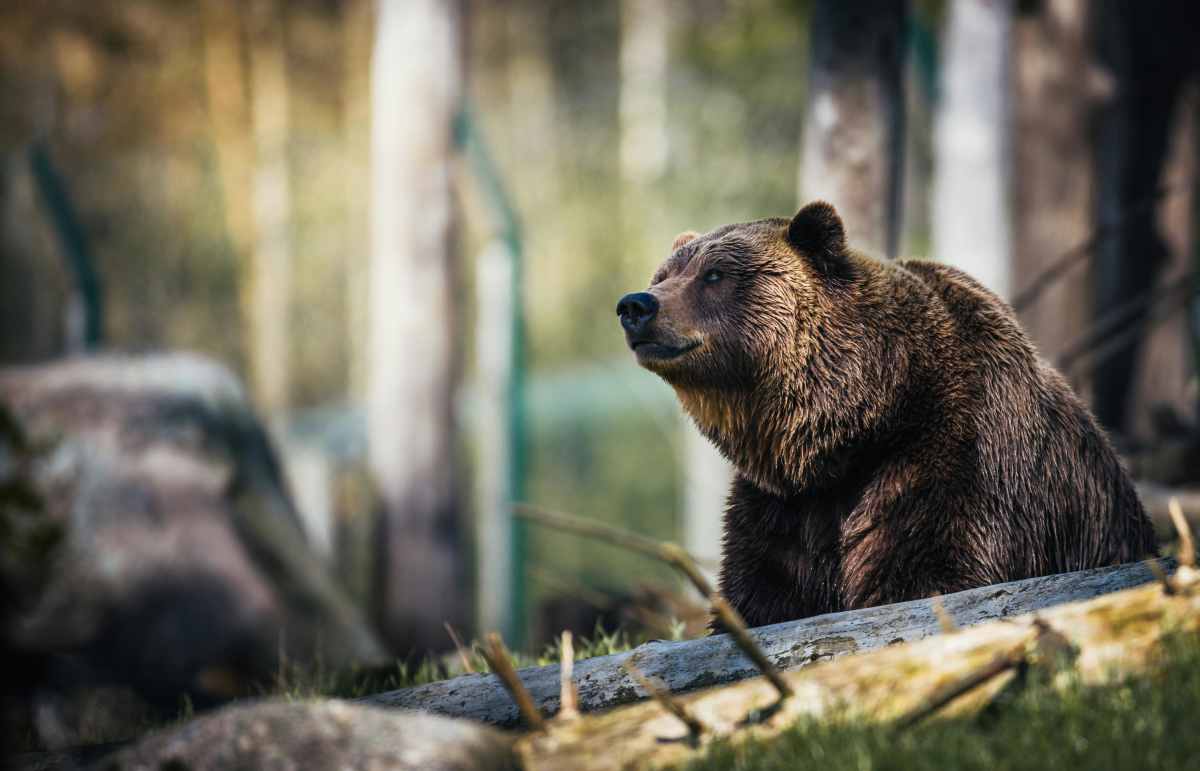Physical evidence of using brown bears in gladiator battles has been uncovered in Serbia for the first time

More regarding the fights of Roman gladiators, specifically their "enemies," has arrived from Serbia. Researchers have seemingly confirmed through the remains of a brown bear (Ursus arctos) that people used them during fights for entertainment. Findings regarding these remains were published in the journal Antiquity. However, written records and artworks have previously hinted at these fights, but no physical evidence has ever been detected. It is a breakthrough discovery as it reveals another side of this duel, regarding what the animals experienced during this tradition of "entertainment."

How and where were the remains discovered?
Researchers uncovered the remains in 2016 at a site called Viminacium, which functioned as a military base and a provincial capital in the past, according to Archaeology Magazine. The bear's fractured skull was spotted near the entrance of what experts believed to be an amphitheater. Researchers have long believed that the establishment was used to host gladiator fights, and the revelation of a bear near it made them speculate that the animal was somehow involved. Results from multidisciplinary analyses of the skull backed their speculation.

Ampitheater at Viminacium, Serbia
Viminacium amphitheater is an oval-shaped establishment built with high walls in the second century A.D, according to Popular Mechanics. At its peak, the establishment could host around 7,000 spectators. The amphitheater was known for hosting animal-based spectacles for viewers in the mornings, according to the records. These spectacles included animal fights, hunts, and possibly gladiator battles. According to artworks and written records associated with gladiators, bears were introduced later in the practice, when spectators started to demand more bloodshed. These bears were imported into the Roman Empire from North Africa and the Balkans. It shows the influence and popularity of these events.

Along with the bear's skull, researchers also uncovered a leopard bone and other animal remains from the site. Past studies have speculated that animals killed during gladiator battles in the arena were butchered, after which their remains were spread near the establishment. The presence of a bear in such circumstances made researchers believe that it could have indeed been a participant in the battles.

Investigation of the skull
Further examination revealed that the bear was around six years old and a male. It was traced to the Balkan region and dated back to between 240 and 350 A.D. Researchers made several observations on this skull, which indicated that this bear had lived a very difficult life. There was an impact fracture on the frontal lobe, which had begun healing, a process that likely stopped due to interference from a secondary infection. This frontal lobe injury was possibly caused by a spear, as per findings. There were also many wear marks on the teeth, suggesting the animal was chewing a lot during its lifetime. It could be an indicator of stress.

The injuries and hints about lifestyle made experts suggest that the brown bear participated in multiple gladiator fights. If the assertion turns out to be true, then this is the first time physical evidence of a brown bear involved in gladiator fights has been uncovered from anywhere in the world. Nemania Markovic, lead author on the study and senior research associate at the Institute of Archaeology in Belgrade, shared that her team is not sure whether this bear died in the arena while fighting, but injuries are likely a result of the combats.
The team thinks that the infection may have been a significant contributor to the creature's death. These findings are not only first-of-its-kind, but also reveal what wild animals underwent in this bizarre game of entertainment. “It shows the significance of brown bears in spectacles across the wider empire and provides a fascinating insight into ancient relationships between humans and wild animals,” the authors added.